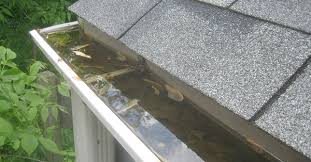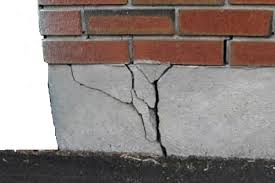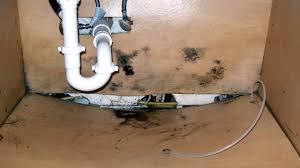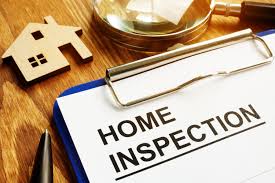There are many interior and exterior components of a home that can potentially suffer from water damage. Two very important things to keep in mind when it comes to loss from water damage: prevention and mitigation. Keeping the home’s various systems in good working order with periodic inspections will do a lot to prevent water damage from happening in the first place; however, if a leak or failure does occur, it is imperative to quickly find and stop the source of the leak to keep the damage caused by spreading water and mold to a minimum.
Roof and Flashing
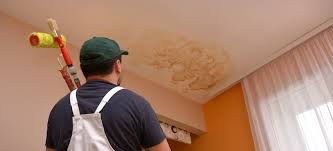
Stains on your roof or your ceiling can indicate a leak, which can lead to a steadily increasing repair bill the longer it is left unattended.
Finding the source of the leak is not always straightforward as water can move both by capillary action (upward movement) and by gravity along the path of least resistance. Start by inspecting around the outside of the home with binoculars if necessary, looking for loose or damaged shingles, cracked sealant around vents, worn or damaged plumbing boots, and around flashing. If possible, look directly under the roof deck in the attic for signs of water infiltration which generally shows as a dark spot where the plywood seams are. A professional can inspect and evaluate both the life expectancy of the roof and overall condition as well as efficiently track down the source of any leaks.
Caution should be exercised when walking on a roof as leaks can weaken the roof deck and supporting structure.
Gutters
One of the easiest, but often overlooked exterior home maintenance jobs is keeping gutters and downspouts clear of debris and in good working order.
Seamless gutters provide the advantage of not having seams that can fail over time and which can then result in damaged fascia and siding. Damage can also occur when clogged gutters cause water to seep behind the gutter which can weaken the attachment to the house. Also, the weight of a gutter full of water and debris can cause it to sag which affects the pitch of the gutter and its ability to drain towards the downspout.
Finally, downspout extensions can often be damaged or moved in such a way that water is not efficiently carried away from the house foundation.
Foundation, Vegetation, and Soil Grade
The foundation itself can be one of the most expensive to repair after an associated leak and can even be catastrophic in terms of the home’s stability. Water supply lines embedded in the concrete slab can slowly deteriorate over time causing a variety of symptoms such as warm areas in the flooring (for a hot water line leak), flooring bubbling or movement, and stained baseboard. If a slab leak is suspected, call a reputable leak detection service to locate the leak and minimize the demolition work needed to uncover and repair the source. From the outside of the house, water pooling along the foundation can erode areas and find its way into cracks making them larger which can then exacerbate settling problems, especially if the concrete reinforcement is compromised. Shrubs and other plants near the foundation can act as a buffer against water while keeping the soil moist and viable but should not be close enough that roots or proximity to the side of the home becomes a problem. There should be at least a six-inch drop in grade for the ten feet around a home to provide proper water run-off.
Appliances and Plumbing Fixtures
There are many sources of potential water damage inside the home. In warmer climates especially, the condensate drainage line from a home’s air conditioning system must be kept clear and the safety shut-off mechanisms inspected and kept in good working condition.
Furthermore, the hot water heater tank should be periodically inspected as rust can cause the tank to quickly fail causing a major flood. The washing machine hot and cold water supply valves and hoses are a frequent cause of leaking water which can damage the drywall behind the unit. Because it is usually out of sight until the washer is moved, this is often a situation that can be left untreated over a long period of time. The washing machine drain hose and drain pipe are also sources of water leaking, the latter can be a problem when slow drainage does not allow for the washing machine to adequately drain after a cycle, causing a backup and leakage. In the kitchen, both the garbage disposal and dishwasher have drainage lines that should be periodically inspected to make sure there are no leaking connections. Throughout the home, plumbing fixtures such as spigots, sinks, toilets, faucets, and shower components should be inspected regularly to make sure drains, valves, and water supply lines are leak-free and in good working order.
Prevention = Savings
Periodic inspections are the key to preventing water damage to properties. Once the source of a water leak is identified, rapid correction of the problem must be done to stop the spread of water and more costly repairs.
Justin Smith, Maintenance Coordinator

